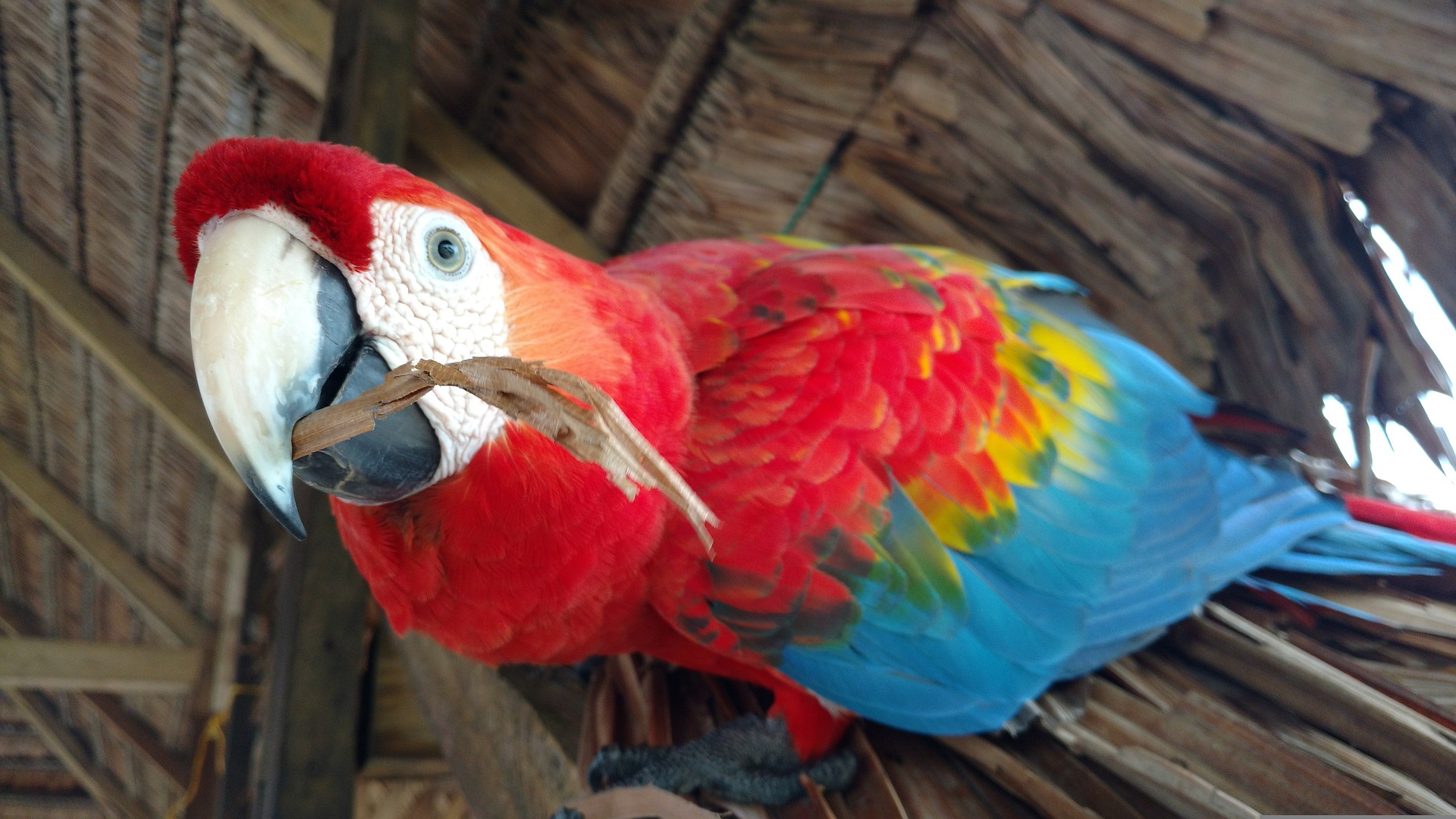Amazon parrots belong to the genus Amazona of parrots. They are short-tailed, medium-sized parrots that are endemic to the Americas and have a range that stretches from Mexico to the Caribbean and South America. The family Psittacidae, one of the three families of real parrots, contains the Amazona parrot, one of the 92 genera of the order Psittaciformes. Amazons often have a green coloration with accent colors that vary according to the species, some of which can be quite brilliant. Their head feathers can have a variety of colors, including red, yellow, lilac, blue, purple, and more, depending on the species. Amazons typically measure between 10 and 20 inches from head to tail. They typically weigh between one and two pounds.
CLICK HERE TO SEE AMAZON PARROTS FOR SALE
Savannas, palm groves, scrub forests, and rainforests are all parts of the wild Amazon’s natural habitat. With proper care, these birds can survive for many decades.
Lifespan
Amazon parrots typically live for 50 to 60 years. Some sources even claim that captive Amazons in good health have a maximum reported longevity of up to 80 years. Amazons in the wild have substantially shorter lifespans on average. Due to their lengthy lifespan, getting an Amazon is a lifetime commitment and may even entail providing the bird with a high-quality house as you get older.
Behavior and Temperament
Amazon parrots are intelligent, entertaining, and enjoy being the focus of attention. They require a lot of love and attention from their owners. They are agile and inquisitive, and they appear to love amusing their owners with silly antics. Amazons that have been raised by humans from a young age are often accustomed to handling and making devoted pets.
The majority of Amazonian species can learn to communicate. As for other vocalizations, Amazons frequently chatter and can be rather loud. Amazons use loud vocalizations to communicate with one another and their flock, mainly to signal danger, rage, excitement, or to attract attention.
However, as they approach sexual maturity, Amazons can become temperamental and, if improperly educated and managed, may even turn hostile. The period does eventually pass, however, it can occasionally linger for up to two years. Amazons may bite and engage in other aggressive behaviors while they are bluffing. Some birds exhibit it more than others, and it is particularly noticeable in males.
Feeding and Caring
In the wild, Amazon parrots consume a range of nuts, seeds, fruits, berries, and plants. Pet Amazons should consume pelleted bird food each day in addition to fresh produce. Placing a day’s worth of pellets in the cage in a dish that can’t be chewed on or tip over will encourage the birds to graze throughout the day. After 24 hours, discard any uneaten pellets before adding the portion for the following day. Make sure your parrot has access to fresh water at all times.
The majority of Amazon parrots enjoy taking baths, and they may do it by jumping into their water bowl and splashing water around, taking a spray bath, or simply joining their owner in the shower. The health of an Amazon’s feathers depends heavily on bathing. A large cage with toys and swings, as well as a climbing rope, play tree, and ladders to scale, is necessary for an Amazon parrot to promote mobility and exercise.
Conclusion
As long as you are ready to give them the attention they want, they are ideal pets.
Do you have a pet bird? Read the guide on how to care for your pet bird.
